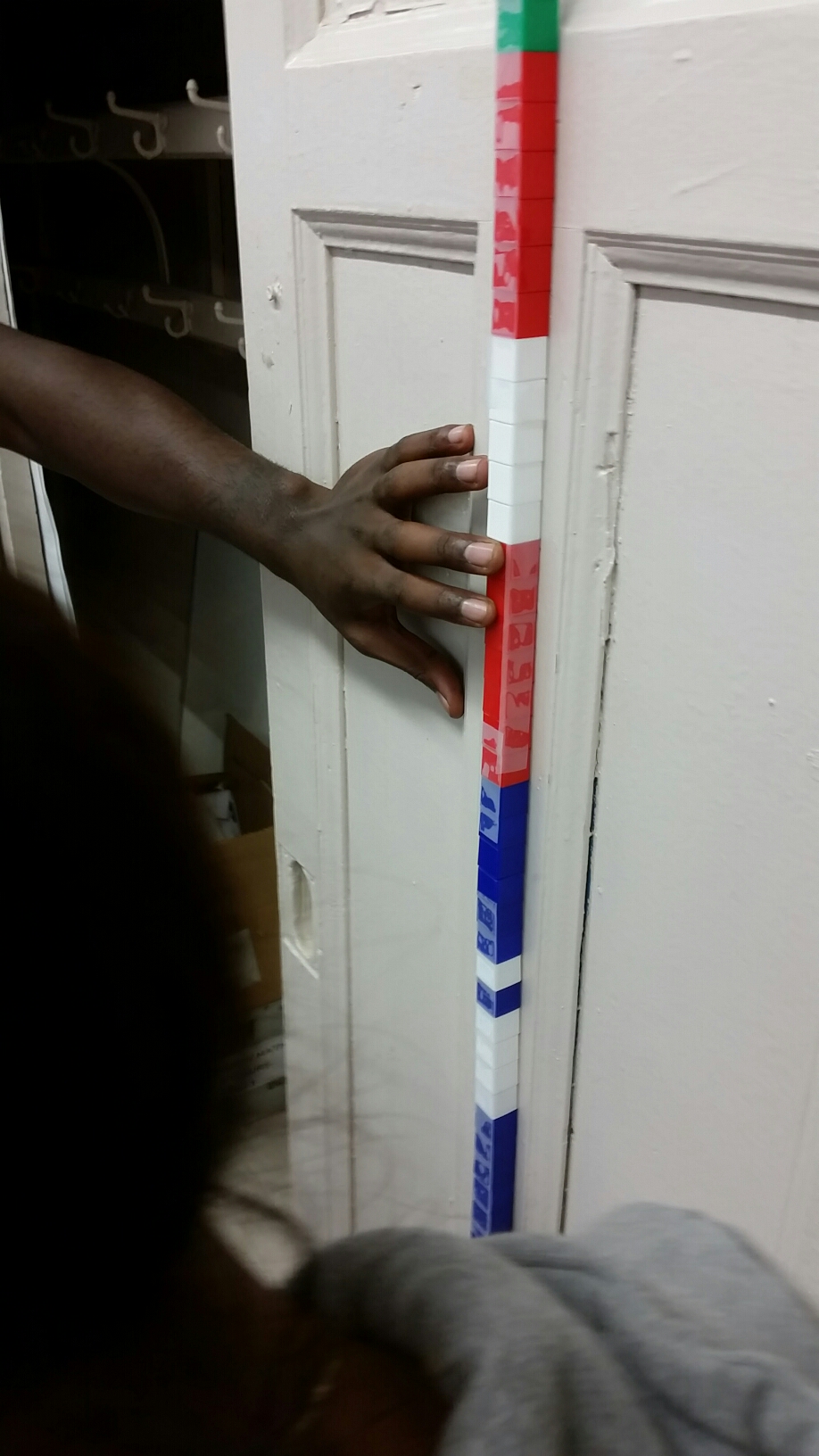Today was not a teaching day for me, but I did take some time to think about my class yesterday and my class tomorrow. After my last class on Monday I felt the need to do some soul searching that lead me to want to try something new in my class, and to also start blogging more. I didn’t actually talk about my class in that blog post, so I’m going to do that here.
For my class tomorrow I need to get the kids to talk about things that they care about. In the past when I have done my understanding data unit, students researched things that they at least moderately care about, this class needs to do that too. While we are only 3 days into class, and not starting the research, hopefully students knowing that they are doing research on a topic will help them understand the big picture of our work. Last class it seemed like a lot of kids are expecting to just repeat what I demonstrate.
Thinking back to yesterday, there are a number of things I would do differently. I had them do this whole exercise on sampling small cups of beans when I should have had them first think about the need to sample. I should have had a huge population instead of a smaller one that I meticulously constructed. And I should have encouraged them to figure out a better way to come up with the samples instead of allowing them to do the one that I suggested. Maybe I should have a huge jar of beans and let them think about how to get the information out of it.
Also, if I want them to have a discussion about social justice issues to create ideas for their research, maybe we could just have it, straight up. To plan this discussion, I asked one of our social studies teachers about having a conversation about world issues. She suggested that memes and facebook/twitter content is a good jumping off point, since that is where the world gets its news now. I can take some time to ask the kids to go on their social media and find images and we can talk about ways to study those topics with a survey.


